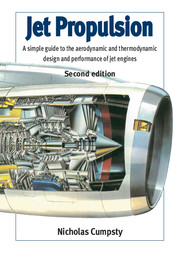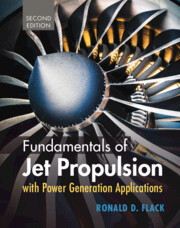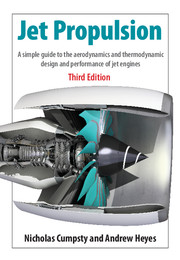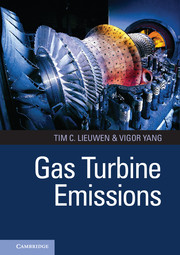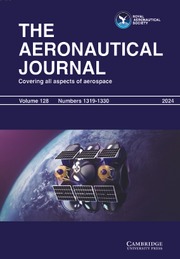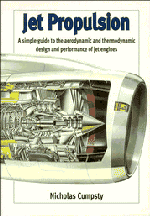Jet Propulsion
This is the second edition of Cumpsty's excellent self-contained introduction to the aerodynamic and thermodynamic design of modern civil and military jet engines. Through two engine design projects, first for a new large passenger aircraft, and second for a new fighter aircraft, the text introduces, illustrates and explains the important facets of modern engine design. Individual sections cover aircraft requirements and aerodynamics, principles of gas turbines and jet engines, elementary compressible fluid mechanics, bypass ratio selection, scaling and dimensional analysis, turbine and compressor design and characteristics, design optimization, and off-design performance. The book emphasises principles and ideas, with simplification and approximation used where this helps understanding. This edition has been thoroughly updated and revised, and includes a new appendix on noise control and an expanded treatment of combustion emissions. Suitable for student courses in aircraft propulsion, but also an invaluable reference for engineers in the engine and airframe industry.
- Many exercises (emphasising numerical solutions rather than algebraic)
- Teaches through two design studies
- Self-contained, including introductory material
- Suitable for both students and professionals
- Author is an internationally respected expert on jet engines
Reviews & endorsements
'I found the book eminently readable, will find it very helpful and will advocate it to students … and colleagues. One can think of many other engineering topics that would benefit from books having the lucid style and up-to-the-minute credibility of this well-priced one.' Ray Whitford, Institute of Mechanical Engineering
'As an introductory guide to design, and an indication of why modern engines are 'how they are', this book deserves to be used wherever aircraft propulsion is taught. Like a good jet engine, it has the potential for future development and updating in new versions and should enjoy a long and useful life.' Frank Armstrong, The Aeronautical Journal
Product details
No date availableAdobe eBook Reader
9781139567169
0 pages
0kg
143 b/w illus.
This ISBN is for an eBook version which is distributed on our behalf by a third party.
Table of Contents
- Part I. Design of Engines for a New 600-Seat Aircraft:
- 1. Introduction
- 2. The aerodynamics of the aircraft
- 3. The creation of thrust in the engine
- 4. The gas turbine cycle
- 5. The principle and layout of jet engines
- 6. Elementary fluid mechanics of compressible gases
- 7. The selection of bypass ratio
- 8. Dynamic scaling and dimensional analysis
- 9. Turbomachinery: turbines and compressors
- 10. Overview
- Part II. Engine Component Characteristic and Engine Matching:
- 11. Component characteristics
- 12. Engine matching off-design
- Part III. The Design of the Engines for a New Fighter Aircraft:
- 13. A new fighter aircraft
- 14. Lift, drag and the effects of manoeuvring
- 15. Engines for combat aircraft
- 16. Design point for a combat aircraft
- 17. Combat engines off-design
- 18. Turbomachinery for combat aircraft
- Part IV. A Return to the Civil Engine:
- 19. A return to the civil transport engine
- 20. Conclusion
- Appendix: Jet engine noise control
- Bibliography
- Index.

